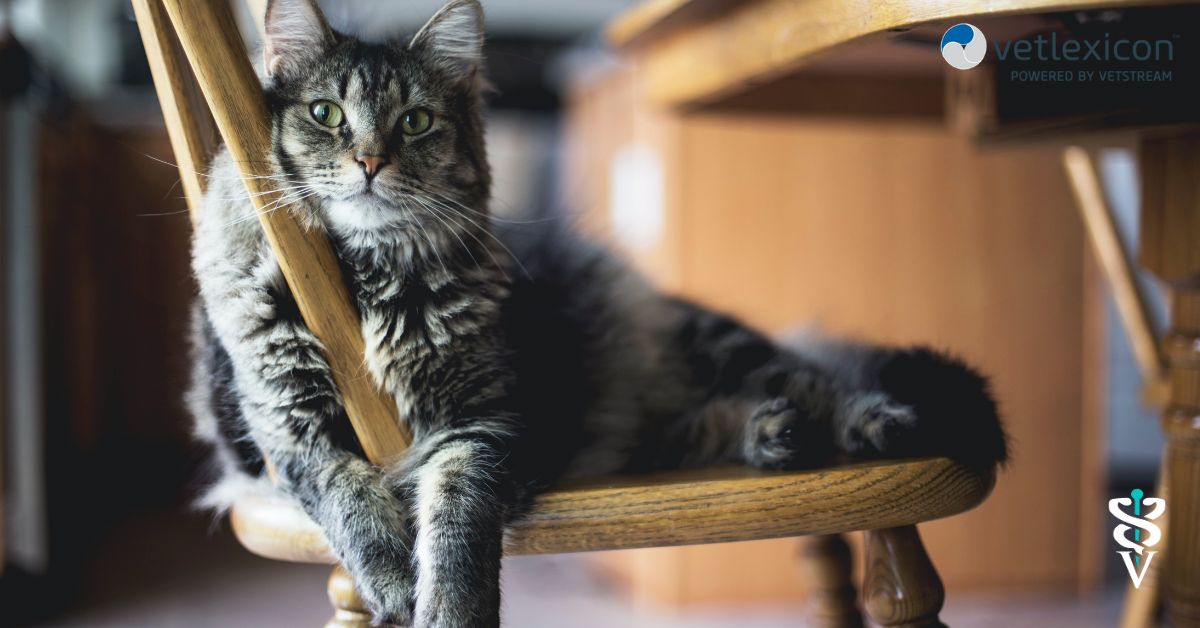
An Insight Into Feline Urolithiasis
Feline urolithiasis is the second most frequent cause of ‘feline lower urinary tract disease’ (FLUTD) after feline idiopathic cystitis. Calcium oxalate urolithiasis accounts for approximately 55% of all uroliths in the lower urinary tract and 95% of all uroliths in the upper urinary tract. Other types of urolithiasis include struvite, ammonium urate, calcium phosphate, and cystine. Dried solidified blood calculi are a newly identified type of stone which likely forms due to inflammation in the urinary tract.
Clinical signs
Clinical signs depend on the location of the urolith but commonly hematuria, dysuria, pollakiuria and/or urethra obstruction. Nephroliths/ureteroliths can cause acute kidney injury (AKI) due to ureteral obstruction. Urolithiasis at any location may result in non-specific signs of lethargy, anorexia and depression.
Diagnosis
Diagnosis depends on the location but can be concluded by clinical signs, history, palpation, radiography, ultrasonography, or urinalysis. In most cases, the crystals present in urine will be the same as those in the urolith, but this is not always the case so other diagnostic investigation is required. Radiographs or ultrasounds enable visualization of the urolith – most feline uroliths are radiopaque but calculi, urate and cystine are radiolucent. All uroliths must be submitted for analysis to provide correct treatment and prevention of further stone formation.
Treatment
Treatment depends on the location of the urolith but may involve catheterization or surgery. Uroliths in the urethra are likely to be symptomatic, particularly in males. If unobstructed, then signs of FLUTD may be present. If there is a urethral obstruction, catheterization should be attempted. Treat any signs of acute kidney injury if present and provide fluid therapy. If unable to empty the bladder, perform cystocentesis to decompress. Retrograde urethral flushing should help to unblock the urethra. Surgery to remove the urolith may be required as a last resort.
Prognosis
The outcome is good with the appropriate therapy and compliance with dietary modification, provided there are no underlying defects. If the treatment fails it’s likely due to poor compliance, a predisposition to urinary tract infection, incorrect diagnosis, an underlying condition, failure to manage hypercalcemia (calcium oxalate) or failure to eradicate a urinary tract infection.
References
• Feline lower urinary tract disease (FLUTD)
Content provided from Vetstream's Vetlexicon Felis
Vetlexicon is the world’s largest peer-reviewed online clinical reference source. All our content is written and peer-reviewed by over 1,000 of the world’s leading veterinarians, ensuring relevance, accuracy and quality.
